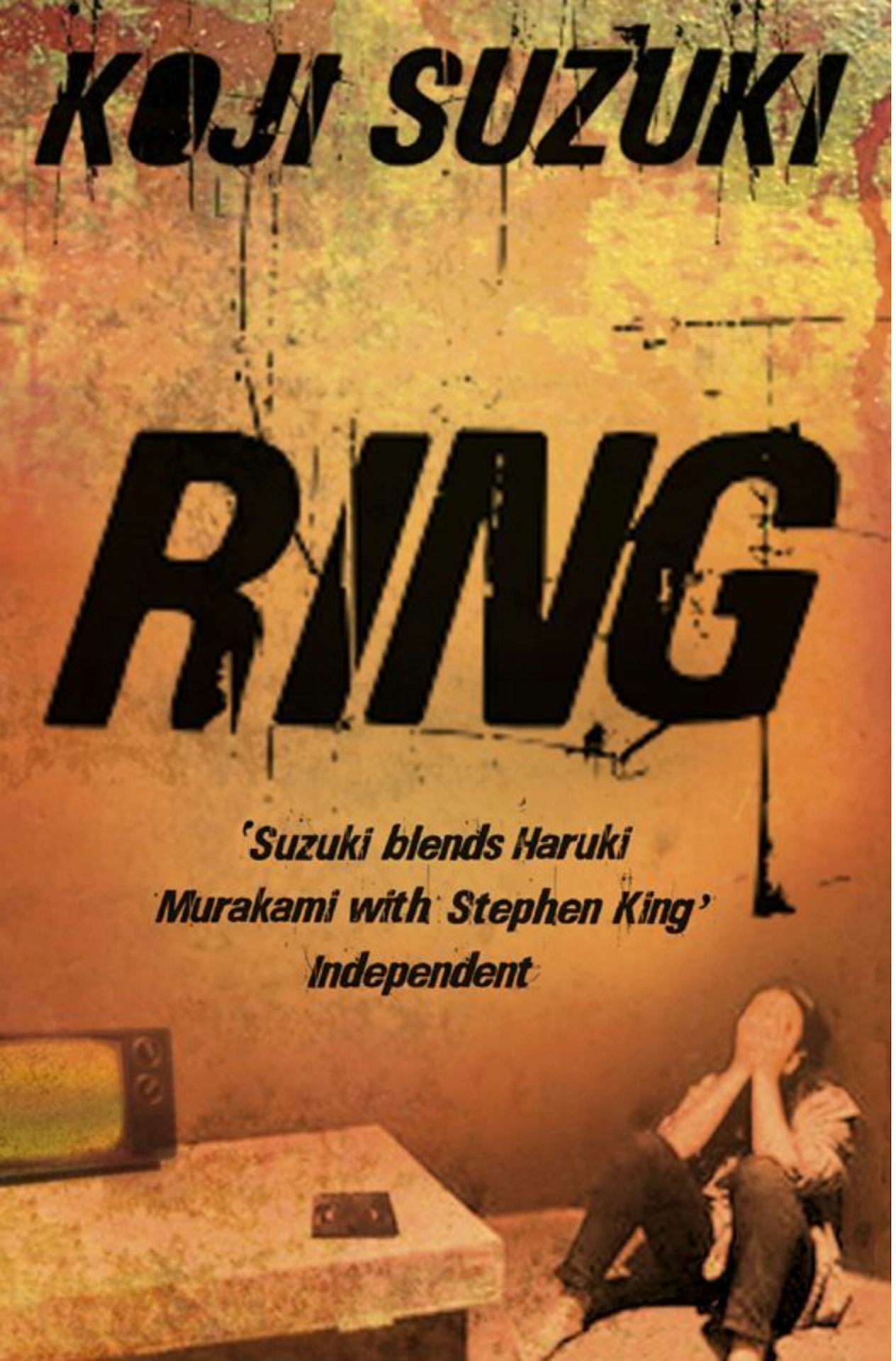
Investigating the extraordinary deaths of a few teens, a reporter identifies that the connection between the dead was that they all stayed at a mountain cabin a few days before their deaths. He goes to the cabin and sees a video tape with jarring abstract imagery, much of it both gruesome and violent. At the end is a message that the viewer would die within a week.
Badly frightened, the journo ropes in his friend to make sense of the tape. He makes a copy and gives it to his friend Ryuji. Together they investigate and identify that a young girl named Sadako with supernatural powers was tortured, abused and killed. Meanwhile, the journo’s wife and infant son also see the video accidentally.
Racing against time, they trace her abusers and her body, and return her remains to her surviving family. Assuming the curse to be broken, they return to their normal lives, only for Ryuji to die. The journo then realizes that the only way to survive is to make a copy of the original tape.
A fantastical story blending elements of horror, the supernatural, and technology, the writing style is compelling. Where it breaks down for me is Sadako’s ability to record images seen with her eyes onto a video tape, and causing the death of viewers after years after her own death. Paranormal virus spreading through video tapes requires too much suspension of disbelief.
The book came out when high technology gadgets became commonplace, and there was a significant portion of the populace suffering “Future Shock”. In this environment, a supernatural story which blends just enough elements of science and technology would work: It taps into the latent mistrust of things that people don’t completely understand. But now the whole premise just triggers eye-rolls.
That said, the book does have its fan club; it has given rise to several movies and sequels. The movie needed to use jump-scares to maintain the tension, since the source material was too dated to actually evoke any fear.
